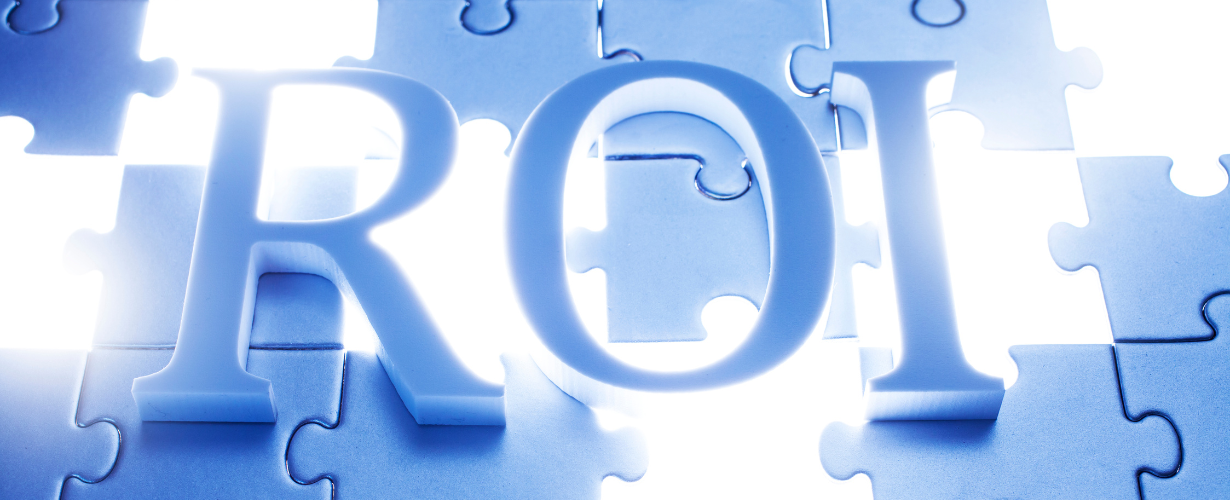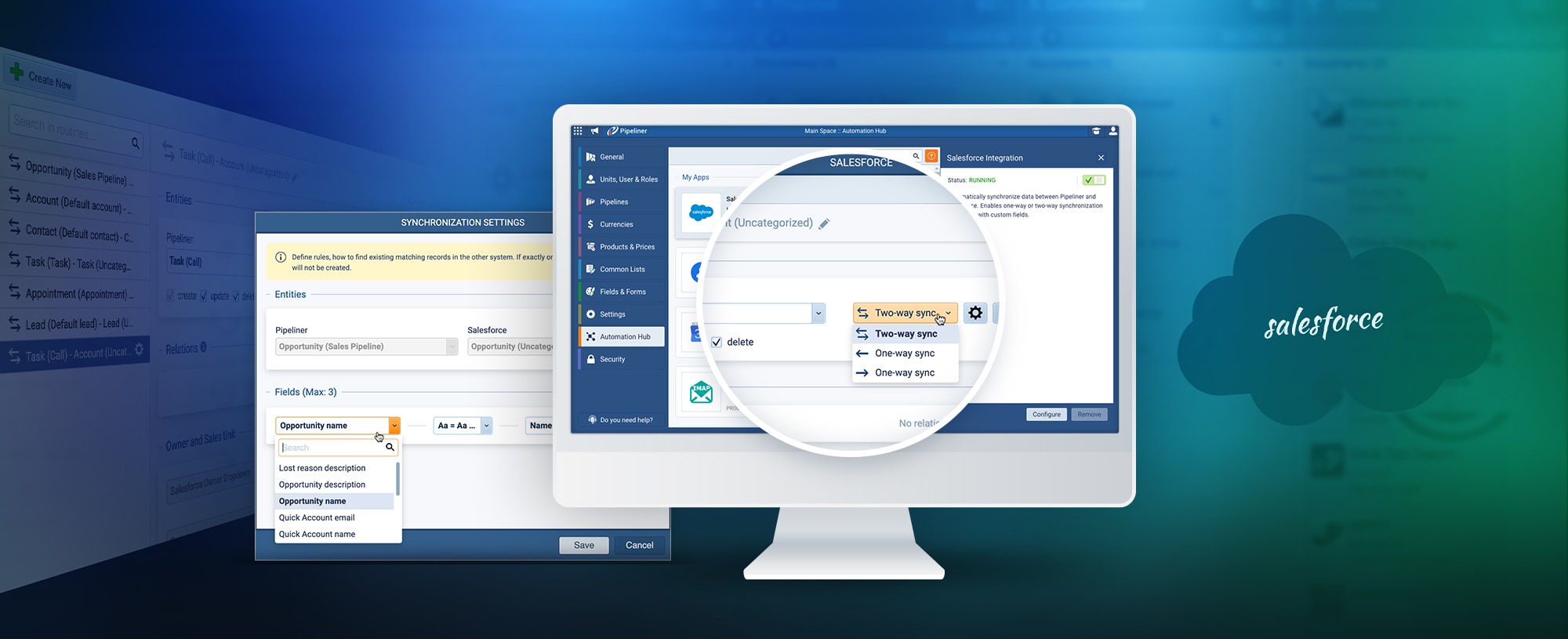Continuing in our Pipeliner Concepts series, we’re now going to take up Common Lists.
Another first for Pipeliner CRM, no other vendor has anything like the Common Lists. They are directly correlated to putting the “R” back in CRM.
Included in the Common Lists are elements that relate to AccountAccount Account refers to a record of primary and background information about an individual or corporate customer, including contact data, preferred services, and transactions with your company. Relations, Account Hierarchy, Contact Relations, and Sales Roles. As you’ll readily see, these easy-to-utilize elements have incredible usefulness to sales and account management.
The Accounts Hierarchy Tool
A simple yet powerful tool, Accounts Hierarchy provides a visual display of the relationship between accounts, and it links related accounts (companies) together.
For example, a parent company might link to its subsidiaries on an account hierarchy graph. This is extremely useful to any salesperson dealing with these companies, to see where they stand in the hierarchy.
Yet another example would be a main and branch offices, or a parent company and its children.
Pipeliner CRM features are renowned for their flexibility, and Account Hierarchy is no exception—Account Hierarchy is not limited in its use. Clients have used it to show relationships between a charity and its donor organizations, between property developers and favored contractors, and in many other ways.
The Use of Sales Roles
Utilized by sales to display roles played by people within their customerCustomer Customer is an individual or an organization that purchases a product or signs up for a service offered by a business. and prospect companies, Sales roles are used in Pipeliner’s Buying Center feature. They allow people in the targeted company to be qualified or described in the sales processSales Process Sales Process is a series of strategic steps or a set of activities aimed at driving sales growth through the alignment of personnel, market insight, methodologies, relevant business units, and technology..
The roles within the Sales Roles feature can be customized, changed, or added to depending on the industry. We have, however, found seven roles typical in nearly all B2BB2B B2B is an acronym for Business-to-Business, a model for selling, relationship-building, or engagement. deals. For example, you’re going to have the ultimate decision-maker, who is defined in the Sales Role list as the “Signer.” This designation can be given to them no matter their title within their own company. Another critical role is the advocate—a person who, in the company, is your productProduct Product refers to anything (an idea, item, service, process or information) that meets a need or a desire and is offered to a market, usually but not always at a price. or services’ champion. You can also assign a color to the role, so a salesperson can instantly identify them.
It might happen that one person occupies several roles, and this can be indicated.
The roles that we provide by default are the naysayer, the signer, IT, the advocate, the partner, and the consultant. Again, the list is flexible, and you can add to or change it.
The Contacts Relations Functionality
Traditionally, contact management applications only allowed for a contact name, and perhaps their title and phone number. But Pipeliner’s Contacts Relations within the Common Lists makes it possible for you to know how you are related to people outside your company. As examples:
- Who do you know who is part of the same networking organizationOrganization Organization is a cohesive group of people working together and formally bound by a shared identity (e.g., one team, company, club, etc.) and a common purpose (e.g., business growth, athletic victory, etc.). as one of your target contacts?
- Do you have a strong relationship with a contact who used to work with one of the decision-makers you’re trying to reach?
- Have you worked with a consultant who’s working with your target?
- What former employees of yours are related to your contact?
- What common industry colleagues does this person have with you?
These are the kinds of dataData Data is a set of quantitative and qualitative facts that can be used as reference or inputs for computations, analyses, descriptions, predictions, reasoning and planning. that can be visualized in a Relationship Graph, and even color-coded as needed. Having this information could make a tremendous difference in the way you reach out to these contacts.
I have said many times that recommendations are the currency of the future within the networked community. In such a community, a person cannot hide if they have committed criminal or even unfair acts on others—their reputation will be spread far and wide and follow them. There are more mobile phones than people on the planet today. Over 60 percent of the planetary population use mobile devices, and they can instantly know what’s currently happening.
A great example, taken right out of today’s headlines, is the attorney who was, a scant two years ago, being touted throughout the media as a political powerhouse. There was even consideration that this person could successfully campaign for president. Today, Michael Avenatti is doing prison time, and his career is over forever because everyone on the planet knows who he is and what he’s done.
Account Relations Functionality
You can assign a particular account-related role to a person within the company you are targeting with the Account Relations feature. This is different from sales roles—it’s a role within the account. It is different than the person’s title within the company and is utilized in the account’s Relationship Graph. For example, Account Relations is used to show if the person is the primary contact, the power userUser User means a person who uses or consumes a product or a service, usually a digital device or an online service. of your system, Admin IT, account contact, economic contact, or other that you may specify.
Our Mission of Making the Intangible Tangible
This kind of functionality, available from no other CRM, relates to one of Pipeliner’s original missions: making the intangible tangible. This is done through Account Hierarchy, Sales Roles, Contact Relations, and Account Relations.
We rarely see each other face-to-face anymore in the sales arena. We’re not having physical meetings. We don’t know, at this point, if this condition will ever change, but for now, we know it will remain at least into the near future. Therefore we have made sales and account relationships very tangible. Your target person not only has a title and a face but can be assigned a role. Their title may not be the role for you in the sales or account process, so this is important.
When selling to a target company, this kind of information provides sales teams with a powerful edge. The more they know about a company and its contacts, the more they know about their relationships with their prospects and customers, the more they can precisely target their products and services.
Indeed, another primary factor in putting the “R” back in CRM is the Common Lists!





